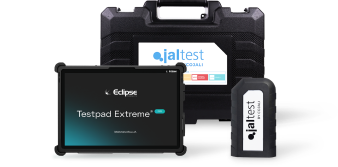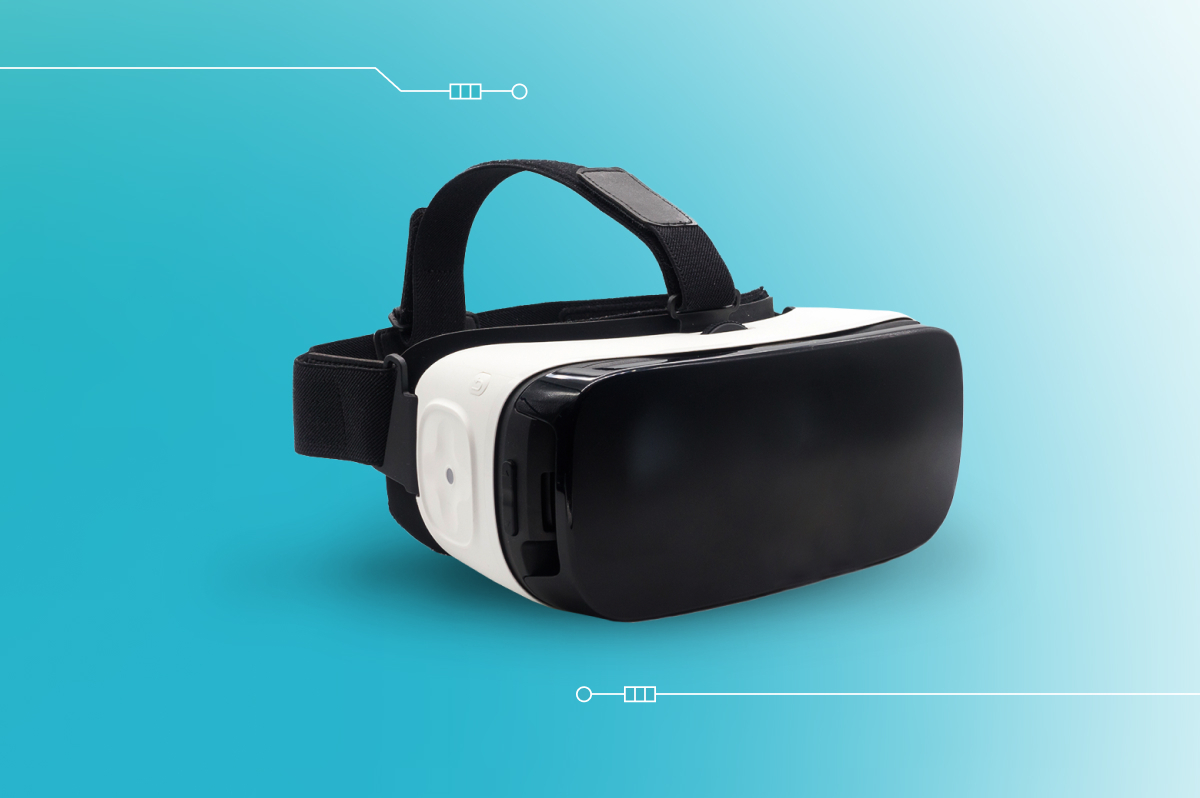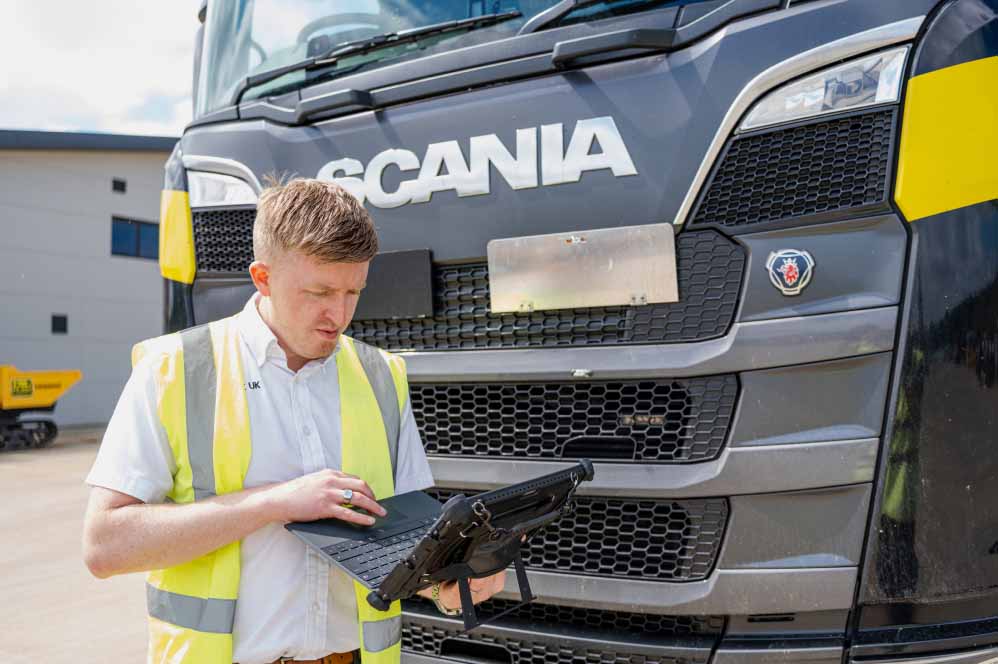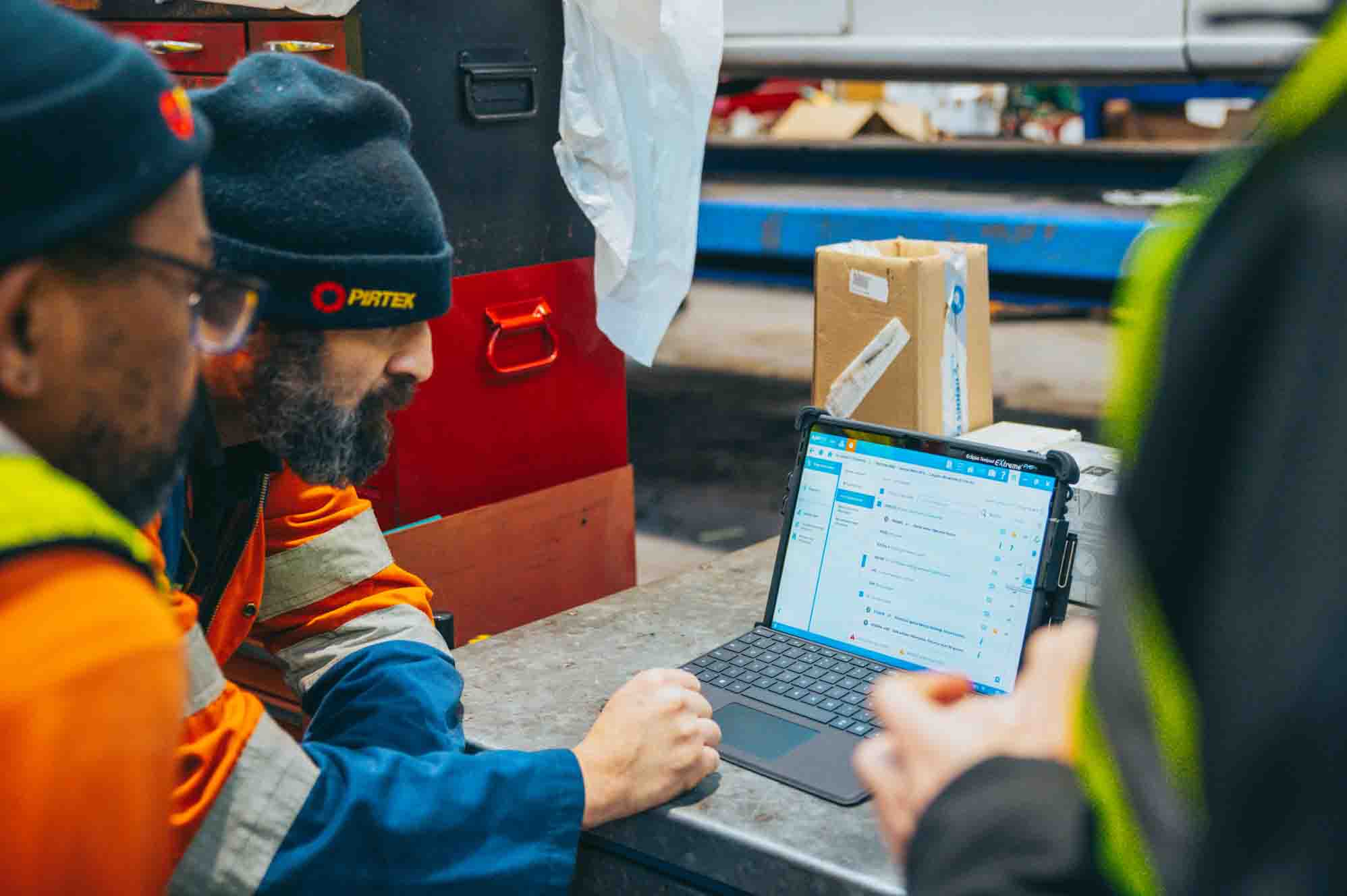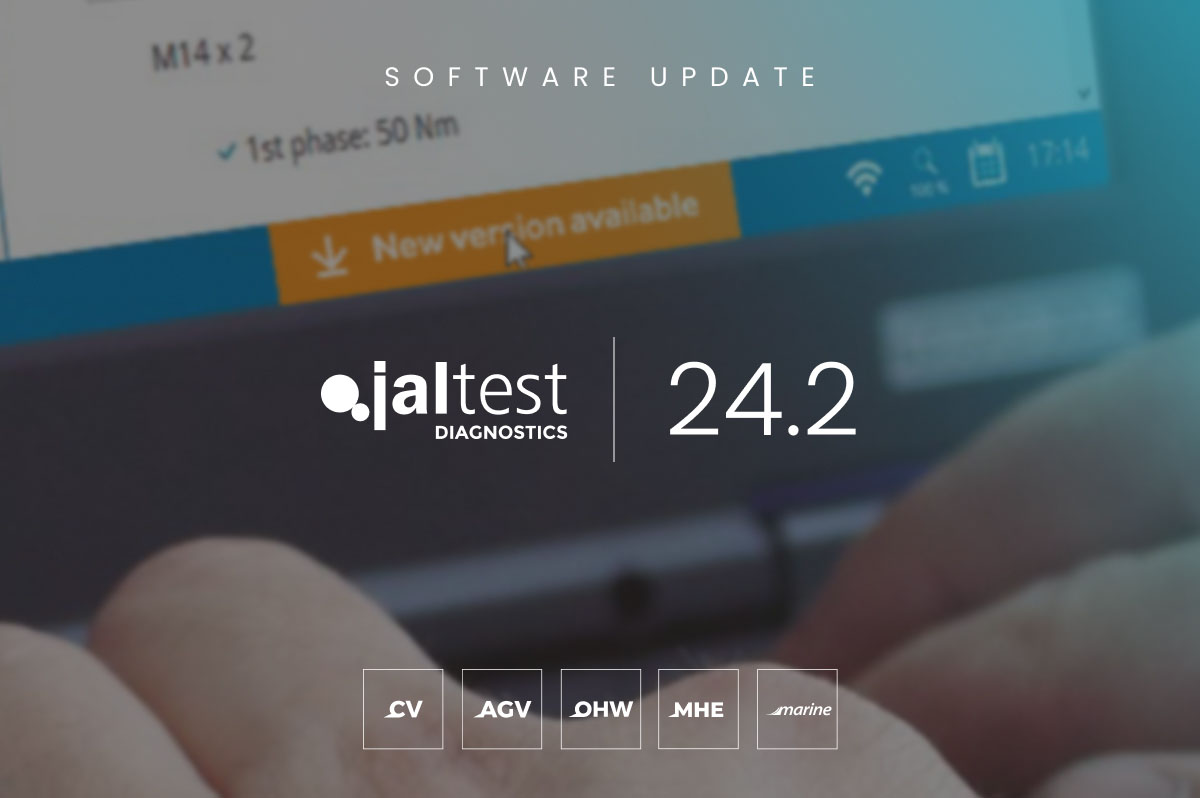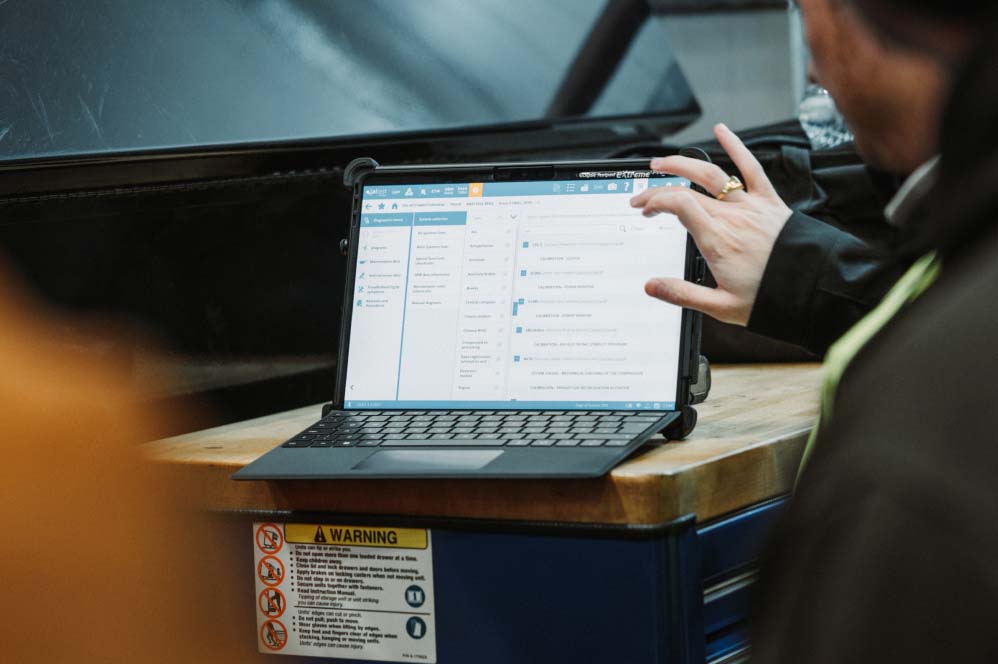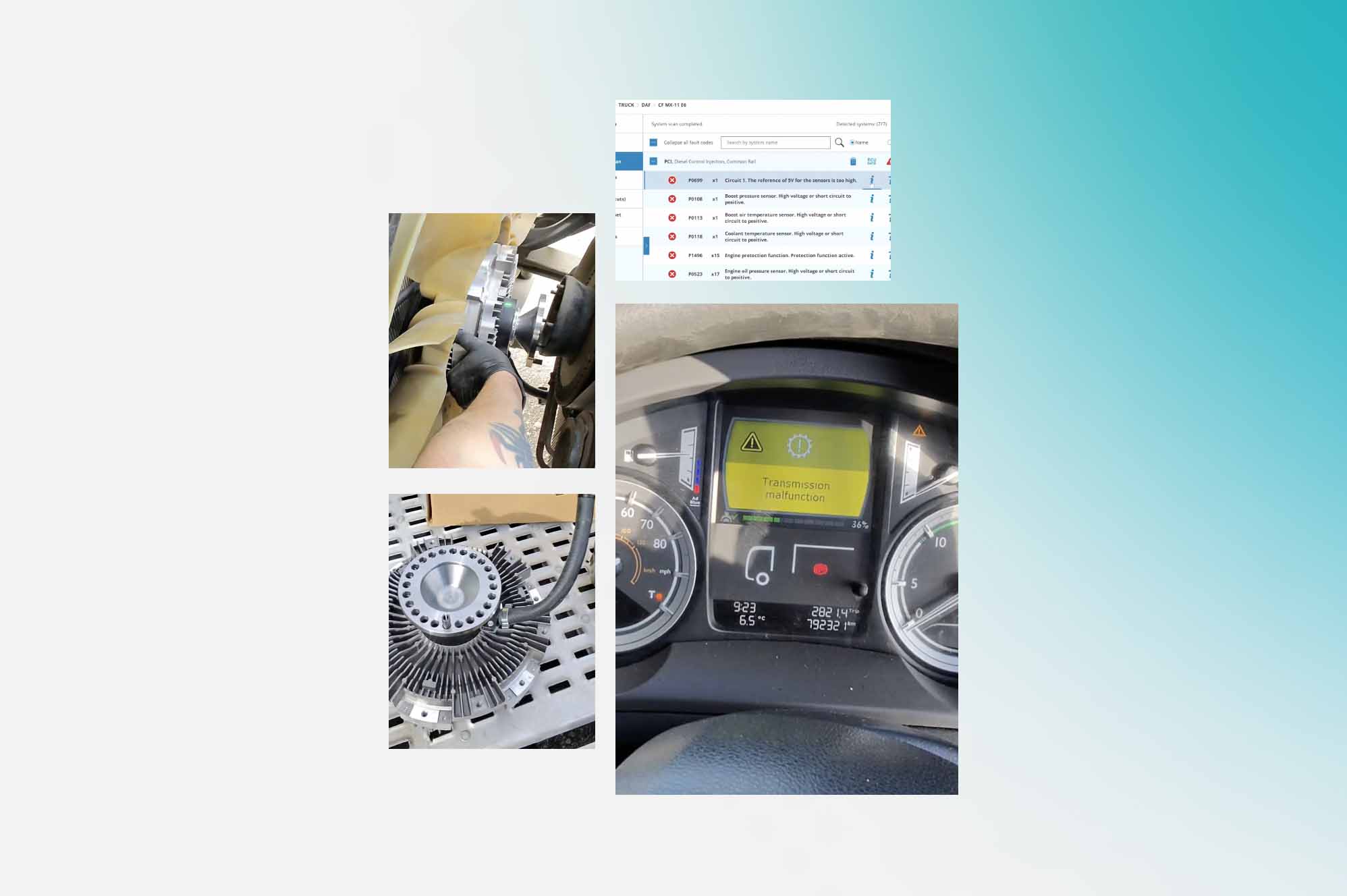Commercial vehicles have undergone such a massive technological advancement over the past three decades with many modern trucks now having upwards of 40 ECUs (as opposed to less than 2 in the 1990s). Not to mention the various emissions regulations that have come into place, which have created further complexity.
With such a heavy reliance on computers to control these vehicles, the ways that we repair and diagnose them have naturally had to evolve.
Nowadays, with the sheer number of electronics, sensors, and control systems in a typical truck, you can’t even change a lightbulb without the use of computers and diagnostics.
Given how the industry has changed, from relying on service manuals and blink codes to now being completely computerised – it’s interesting to think about how technology will build the future of commercial vehicle diagnostics & evolve the way technicians repair vehicles in the future.
Operating remotely
Telematics
In today’s world, commercial vehicles can now be diagnosed remotely and in some situations, even repaired remotely using Jaltest Telematics. Which is the first of its kind, allowing you to perform remote diagnostics and predictive maintenance while a vehicle is on the road.
It also gives you AI predictive health warnings so you can take action and address problems before they occur. Whether it be ordering a part early, getting a driver to pull over to avoid permanent damage to the vehicle or even performing a procedure remotely, such as a DPF regeneration – among other advanced procedures.
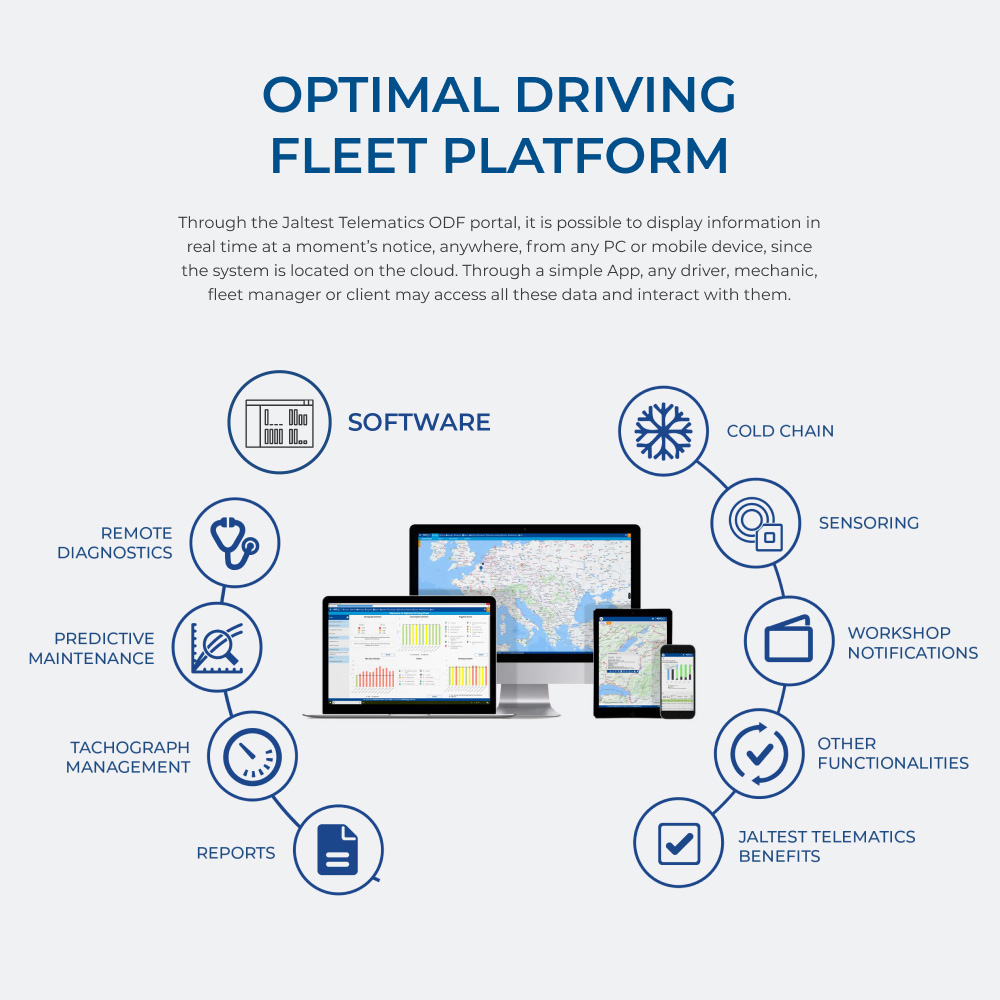
Telematics certainly sound like the future of not only how we’ll diagnose vehicles but also prevent faults from occurring in the first place. The potential for products like Jaltest Telematics in the future is really exciting, giving operators greater control and visibility of their fleet.
It’s already being used by many of the UK’s top fleet operators in the bus & coach world, as well as the wider transport industry to monitor their vehicles. As the technology develops, I think we’ll start to see more and more operators using remote diagnostics to reduce downtime.
We are also starting to see Jaltest Telematics being used with construction machinery. And it makes sense – when some of these machines go down, they cause major disruption to on-site work, costing money. In these situations, the main dealer would be the first port of call but if you’re in the industry, you’ll know that it’s expensive and you could be waiting days until they appear. So, being able to remotely diagnose and repair could save major downtime across construction, agriculture, and handling.
Don’t get too excited though – Telematics probably won’t eradicate the need for workshop diagnostic tools just yet. To do any serious repairs, technicians will still need to have physical access to the vehicle to replace parts etc. Telematics is more about preventing damage whilst on the road rather than assisting with the actual repair process. So, there’s still a place for the diagnostic tools in the workshop but it will likely take another form in the future.
Protecting the longevity of vehicles and the planet
Alternative fuels
If you’re in the commercial vehicle world, you’ve probably observed the strong push to make the industry greener and more sustainable. Which has led manufacturers to investigate alternatives, such as electric and hydrogen fuels. To ultimately replace the diesel internal combustion engine – that’s currently used in the vast majority of commercial vehicles.
There are many electric buses and vans currently in use, that mainly operate mainly in cities and over shorter distances. Which makes them a viable option for this type of work. We’ve already seen many electric vehicles added to the Jaltest software, such as the BYD Electric Buses, Peugeot e-Partner vans and many more.
A common misconception is that with EVs, diagnostics will become obsolete but from a repair perspective, these vehicles, EVs included, will need to be repaired and maintained just as much as current diesel engines do. With the number of electrical components and fewer mechanical parts, there’s actually a higher demand for diagnostics. Thus, requiring a higher level of training for technicians to not only repair them but also to ensure that it’s done in a safe manner. After all, we’re dealing with extremely high voltages, which could be dangerous in the wrong hands.
If you’re looking for training, our range of EV training courses is designed to prepare technicians for working on these types of vehicles.
Carbon Footprint Reduction
We also must consider what role AI and machine learning algorithms will play and how we can further reduce commercial vehicle emissions in the future.
For example, what if the future of commercial vehicle diagnostics allows us to use AI to help drivers be more economical?
Jaltest Telematics does just that, helping to reduce carbon emissions by up to 15% in total thanks to its machine-learning technology. A 10% reduction is achieved by optimising driving style to be more eco-friendly and an additional 5% in figuring out the best route to take, making journeys more efficient.
And now that fleet managers can perform procedures remotely, that historically required a workshop visit, there’ll be a reduction of unnecessary trips & wasted time.
We’ve also seen many ADAS (Advanced Driver Assistance Systems) added to commercial vehicles over the past decade, such as radars & cameras used for adaptive cruise control, lane departure, and emergency braking, which are all part of semi-autonomous driving. So, as we move closer to complete autonomy, it’s interesting to think about how much smarter commercial vehicles might become in the future in terms of being able to self-diagnose and maybe even self-repair.
Technological advancements
Augmented reality
AR (Augmented Reality) headsets, apart from seeming like they’re something from Minority Report, might become a crucial part of how we’ll diagnose vehicles in the future.
Cojali has just announced Jaltest Diagnostics AR at the Automechanika show this year in Frankfurt. It’s the first system that incorporates augmented reality (through glasses) into a diagnostics tool and has been acknowledged by the organisation of Automechanika Frankfurt, nominating it for the Innovation Award.
It uses mixed reality technology to show you all kinds of diagnostic information, which is superimposed on top of what you’re seeing. So, just by looking at a vehicle, it’d display fault codes, descriptions, wiring diagrams etc.
An exciting possibility for how this could be used is component locations – the ability to see the physical location of a faulty part would be a really useful application for this technology.
Another is virtual assistance. We already have remote assistance, where our support team can connect to a customer’s computer from a distance, but with AR – it takes it a step further. The technician could broadcast everything they see to someone remotely to assist in the repair process, while on the side are the specs, manuals, wiring diagrams, and so on.
Final Thoughts
Vehicle diagnostics technology has been advancing rapidly over the years and it’s not showing any signs of slowing down. We can already see improvements & continuous extensions to the functionality of remote diagnostics, implementation of AI & machine learning, as well as augmented reality applications, that have been pushing the industry forward.
Although, we can only speculate on what advancements will be achieved. Nevertheless, the future of commercial vehicle diagnostics continues to be made more technology-focused & efficient.
